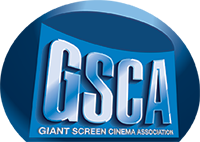12. Post-Shoot Storage of Camera Data Drives, Verification, and Audit
Traditional feature-film-style data management practices should be sufficient for GS productions. The original camera data should be stored in a non-compressed, unaltered, raw form. To ensure that LTO tapes and hard drives are undamaged and no files are missed, the lab should ingest the files and compare with the information on the DIT report. After verification, the lab should store the hard drives and LTOs in a climate-controlled media vault facility for at least several weeks after final delivery. Forward to Offline Forward to 21. Universal [...]
